Introduction
Embarking on the journey of womanhood brings with it a myriad of experiences, and perhaps none as ubiquitous as the monthly menstrual cycle. For many individuals, this biological phenomenon is accompanied by a range of symptoms that can vary in intensity and duration. In this comprehensive guide, we delve into the world of periods symptoms, exploring their nuances, causes, and strategies for management. Whether you’re seeking clarity on symptoms of a period’s impending arrival or navigating the often perplexing realm of period versus pregnancy symptoms, this guide aims to provide valuable insights to empower and educate.
Why Do We Need to Know the Menstrual Symptoms?
Understanding menstruation symptoms is crucial for individuals to navigate their reproductive health effectively. Recognizing the symptoms of period coming, such as abdominal cramps, bloating, and mood swings, allows individuals to prepare for the onset of menstruation and manage associated discomfort proactively. Additionally, awareness of irregular periods symptoms and symptoms of delayed period empowers individuals to identify potential underlying health concerns, seek appropriate medical guidance, and address any irregularities in their menstrual cycles promptly. By familiarizing themselves with menstrual symptoms, including common period symptoms and symptoms during menstruation, individuals can cultivate a deeper understanding of their bodies, promote menstrual health, and advocate for their overall well-being.
Understanding Common Periods Symptoms
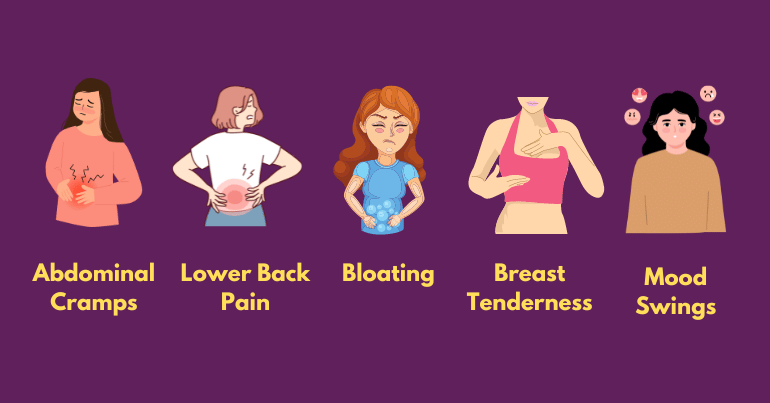
Menstruation, often referred to as a “period,” is a natural process wherein the uterus sheds its lining, resulting in bleeding through the vagina. Alongside this primary hallmark, individuals may experience an array of symptoms that signal the onset of their menstrual cycle. These symptoms can include abdominal cramps, lower back pain, bloating, breast tenderness, and mood swings. While these manifestations are considered normal, their intensity and duration can vary from person to person.
❧ Abdominal Cramps:
One of the most common period symptoms, abdominal cramps, also known as menstrual cramps or dysmenorrhea, occur as the uterus contracts to expel its lining. These cramps can range from mild discomfort to debilitating pain and often radiate to the lower back and thighs. The severity of cramps can be influenced by factors such as hormonal fluctuations, uterine position, and individual pain tolerance levels.
❧ Lower Back Pain:
Many individuals experience lower back pain during menstruation, which is often attributed to hormonal changes and uterine contractions. This dull, aching sensation in the lumbar region can accompany menstrual cramps and may worsen with prolonged sitting or standing. Incorporating gentle stretching exercises, applying heat packs, and maintaining good posture can help alleviate lower back pain during periods.
❧ Bloating:
Hormonal fluctuations, particularly an increase in estrogen and progesterone levels, can contribute to bloating and water retention before and during menstruation. This sensation of abdominal fullness and discomfort arises from fluid accumulation in the tissues and digestive tract. To reduce bloating, individuals can minimize sodium intake, stay hydrated, and consume foods rich in potassium and magnesium, such as fruits, vegetables, and whole grains.
❧ Breast Tenderness:
Hormonal changes during the menstrual cycle can cause breast tissue to swell and become tender or sore. This discomfort, known as mastalgia or cyclic breast pain, typically occurs in the days leading up to menstruation and resolves once the period begins. Wearing a well-fitted bra for support, avoiding caffeine and salty foods, and applying warm compresses can provide relief from breast tenderness during periods.
❧ Mood Swings:
Fluctuations in estrogen and progesterone levels throughout the menstrual cycle can influence neurotransmitters in the brain, contributing to mood swings and emotional sensitivity. Many individuals experience heightened irritability, anxiety, or sadness in the days preceding menstruation, a phenomenon commonly referred to as premenstrual syndrome (PMS). Engaging in stress-relieving activities, practicing mindfulness techniques, and maintaining a balanced lifestyle can help stabilize mood fluctuations during periods.
Understanding the common symptoms associated with menstruation is essential for individuals to recognize and address their menstrual health needs effectively. By acknowledging the variability and normalcy of these symptoms, individuals can adopt proactive strategies to manage discomfort and promote overall well-being during their menstrual cycles.
How to Relieve Menstrual Cramps Naturally?

Periods symptoms like menstrual cramps, medically known as dysmenorrhea, can be alleviated naturally through various strategies. These include applying heat packs to the lower abdomen, practicing relaxation techniques like deep breathing and yoga, and utilizing over-the-counter pain relievers. Additionally, herbal remedies such as ginger tea and chamomile may offer relief by exerting anti-inflammatory and muscle-relaxant properties, easing the discomfort associated with menstrual cramps.
• Apply Heat:
Applying heat to the lower abdomen can effectively alleviate menstrual cramps by relaxing uterine muscles and increasing blood flow to the area. Individuals can use a heating pad, hot water bottle, or warm towel to provide soothing relief. Alternatively, taking a warm bath or shower can also help ease muscle tension and reduce cramping discomfort.
• Practice Relaxation Techniques:
Engaging in relaxation techniques such as deep breathing, meditation, or progressive muscle relaxation can help alleviate menstrual cramps by promoting overall relaxation and reducing stress levels. Incorporating these practices into daily routines, especially during the menstrual period, can help manage pain and discomfort effectively.
• Stay Active:
Gentle exercise can help relieve menstrual cramps by stimulating the release of endorphins, which are natural pain-relieving hormones. Activities such as walking, yoga, or gentle stretching can help improve circulation, reduce muscle tension, and alleviate cramping discomfort. However, it’s essential to listen to your body and avoid strenuous exercise during periods of intense pain.
• Herbal Remedies:
Certain herbal remedies have been traditionally used to relieve menstrual cramps due to their anti-inflammatory and muscle-relaxant properties. Herbs such as ginger, cinnamon, and chamomile can be consumed as teas or supplements to help reduce cramping and discomfort during menstruation. However, it’s important to consult with a healthcare provider before using herbal remedies, especially if you have underlying health conditions or are taking medications.
• Dietary Modifications:
Making dietary modifications can also help alleviate menstrual cramps. Consuming foods rich in omega-3 fatty acids, such as fatty fish, flaxseeds, and walnuts, can help reduce inflammation and ease cramping symptoms. Additionally, incorporating magnesium-rich foods like leafy greens, nuts, and whole grains can help relax muscles and reduce menstrual pain. Avoiding caffeine, alcohol, and foods high in salt and sugar can also help minimize inflammation and bloating associated with menstrual cramps.
• Stay Hydrated:
Drinking an adequate amount of water can help prevent dehydration and reduce bloating and water retention associated with menstrual cramps. Herbal teas, such as peppermint or raspberry leaf tea, can also provide additional hydration and help soothe digestive discomfort during menstruation.
By implementing these natural remedies and lifestyle modifications, individuals can effectively manage menstrual cramps and improve their overall quality of life during menstruation. However, if menstrual cramps are severe or persistent, it’s important to consult with a healthcare provider to rule out underlying conditions and explore additional treatment options.
Ways to Boost Energy Levels During Period Fatigue
Period fatigue can significantly impact daily activities and productivity, leaving individuals feeling drained and lethargic. Fortunately, there are various strategies to combat this fatigue and boost energy levels during menstruation. One effective approach is to prioritize rest and ensure adequate sleep hygiene by maintaining a consistent sleep schedule and creating a comfortable sleep environment.
Additionally, engaging in regular physical activity, such as gentle exercises like yoga or brisk walks, can enhance circulation, alleviate muscle tension, and improve overall energy levels. Dietary adjustments, such as consuming balanced meals rich in complex carbohydrates, lean proteins, and healthy fats, can provide sustained energy throughout the day. Moreover, staying hydrated by drinking plenty of water and herbal teas can prevent dehydration, which can exacerbate feelings of fatigue. Implementing these energy-boosting strategies can help individuals effectively manage period-related fatigue and maintain optimal well-being.
Best Foods to Reduce Bloating During Periods
During menstruation, bloating is a prevalent symptom that can cause discomfort and distress for many individuals. Incorporating specific foods into the diet can help alleviate bloating during periods. Opting for foods rich in potassium, such as bananas, avocados, and leafy greens, can help regulate fluid balance and reduce water retention, thereby minimizing bloating symptoms. Additionally, consuming foods high in magnesium, such as nuts, seeds, and whole grains, can support digestive health and alleviate gastrointestinal discomfort associated with bloating during periods. By including these nutrient-dense foods in their diet, individuals can effectively manage bloating symptoms and promote greater comfort and well-being throughout their menstrual cycles.
Periods Symptoms vs. Pregnancy Symptoms
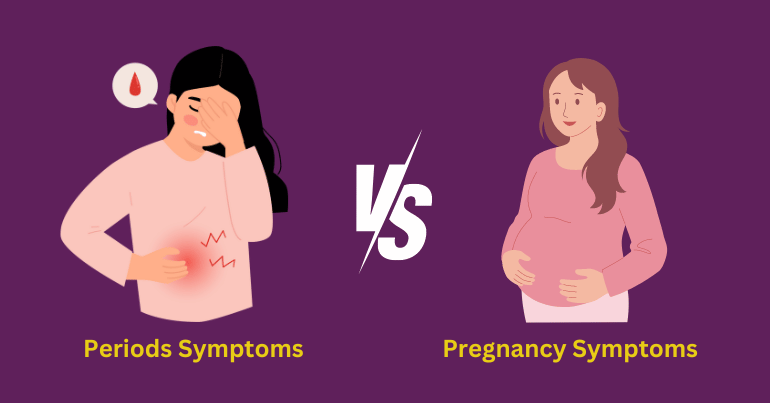
Distinguishing between periods symptoms and early signs of pregnancy can pose a challenge for individuals navigating reproductive health, especially when considering the possibility of missed period pregnancy symptoms. While some symptoms such as breast tenderness, fatigue, and mood swings overlap between the two conditions, subtle differences exist that can be crucial in determining whether one is experiencing period vs pregnancy symptoms. For instance, menstrual cramps are a hallmark of periods, whereas implantation bleeding and nausea are more indicative of early pregnancy. Utilizing pregnancy tests and consulting healthcare professionals can aid in accurate interpretation and timely intervention, particularly if faced with missed period pregnancy symptoms.
Conclusion:-
Navigating the landscape of periods symptoms can be a transformative journey, offering opportunities for self-awareness, resilience, and empowerment. By understanding the nuances of common periods symptoms, individuals can better anticipate and manage their menstrual experiences. Whether employing natural remedies to alleviate discomfort or seeking professional guidance for persistent symptoms, proactive self-care and advocacy are essential components of menstrual health and well-being. As we embrace the inherent complexities of the menstrual cycle, let us embark on this journey with curiosity, compassion, and solidarity.
With the guidance and expertise of healthcare providers such as those at Nimaaya IVF Center, individuals can access comprehensive support, infertility treatment, and personalized care to optimize their menstrual health and overall well-being. Together, let us champion menstrual awareness and foster a culture of empowerment, equity, and inclusivity for all individuals navigating periods symptoms.

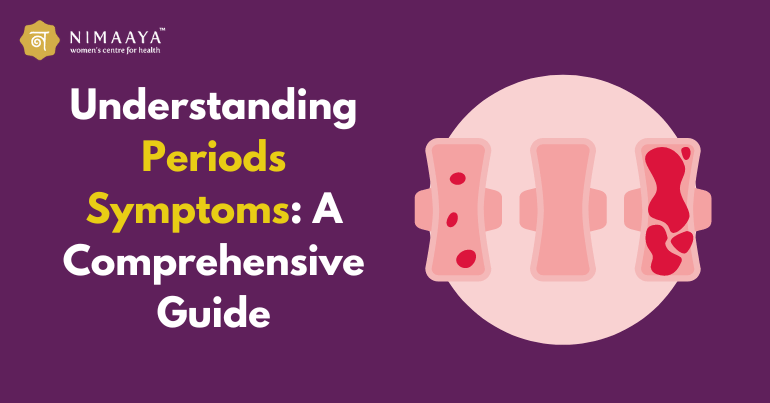

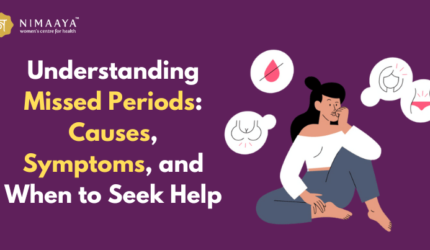
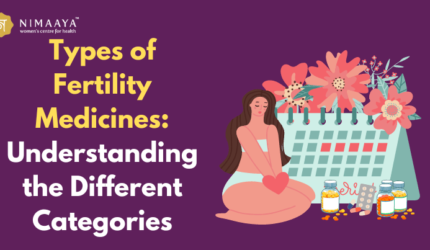


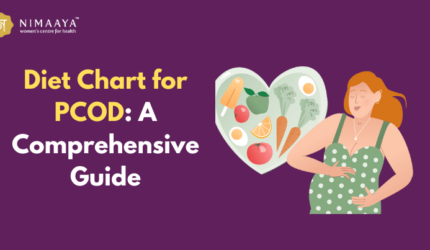

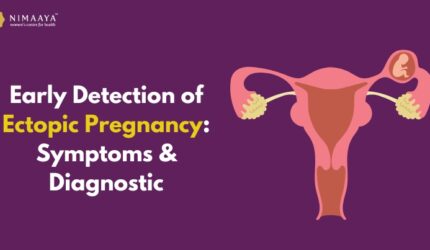

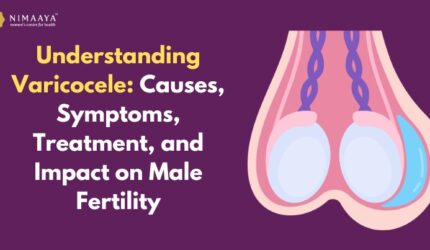
Comments 1
Tracking your cycle consistently not only helps you identify patterns but also allows you to optimize your overall well-being.